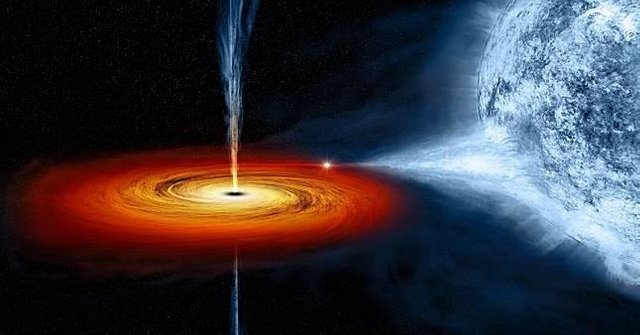800 Million Times Greater Than The Sun, This Farthest Black Hole Has Been Found

Scientists have found a rare relic from the early days of the universe, the farthest supermassive black hole ever seen. At a young age, the black hole has a mass 800 million times that of the Sun. "This black hole is growing much larger than expected, in just 690 million years after the Big Bang, challenging our theory of black hole formation," said study co-author Daniel Stern of NASA's Jet Propulsion Laboratory in Pasadena, Calif. .
Astronomers combine data from NASA's Wide-field Infrared Survey Explorer (WISE) with ground-based research to identify distant objects. The research was followed up with the Magellan Carnegie Observatories telescope in Chile, led by Carnegie astronomer Eduardo Bañados. The black hole that grew so large in the early days of the universe made astronomers speculate that there must be special conditions that allow for rapid development. However, it remains a mystery.
The black holes greedily gobble up various objects in the center of the galaxy - a phenomenon called quasars. This quasar is very interesting because it comes from a time when the new universe began to rise from the dark ages, and can open important information about the universe when aged 5 percent from the present day. "The quasar is one of the brightest and farthest celestial bodies, which is very important to help understand the early days of the universe," says co-author Bram Venemans, of Max Planck Institute for Astronomy, in Germany.
The quasar distance is determined from redshift, ie the measure of how long light waves are stretched by the expansion of the universe, before reaching Earth. The higher the redshift, the greater the distance, and the further the astronomer sees as they examine the object. The newly discovered quasar has a 7.54 redshift, based on ionized carbon emission detection, from the galaxy that hosts the supermassive black hole. That means, this quasar light has traveled for over 13 billion years. Bañados assumes there are as many quasi-cumulative and so far out there, between 20 and 100. "With an even more sensitive next generation facility, we can expect many interesting discoveries regarding the early days of the universe, the next few years," says Daniel Stern. So quoted from NASA.
not my interest but i am full support for you @rezaolow